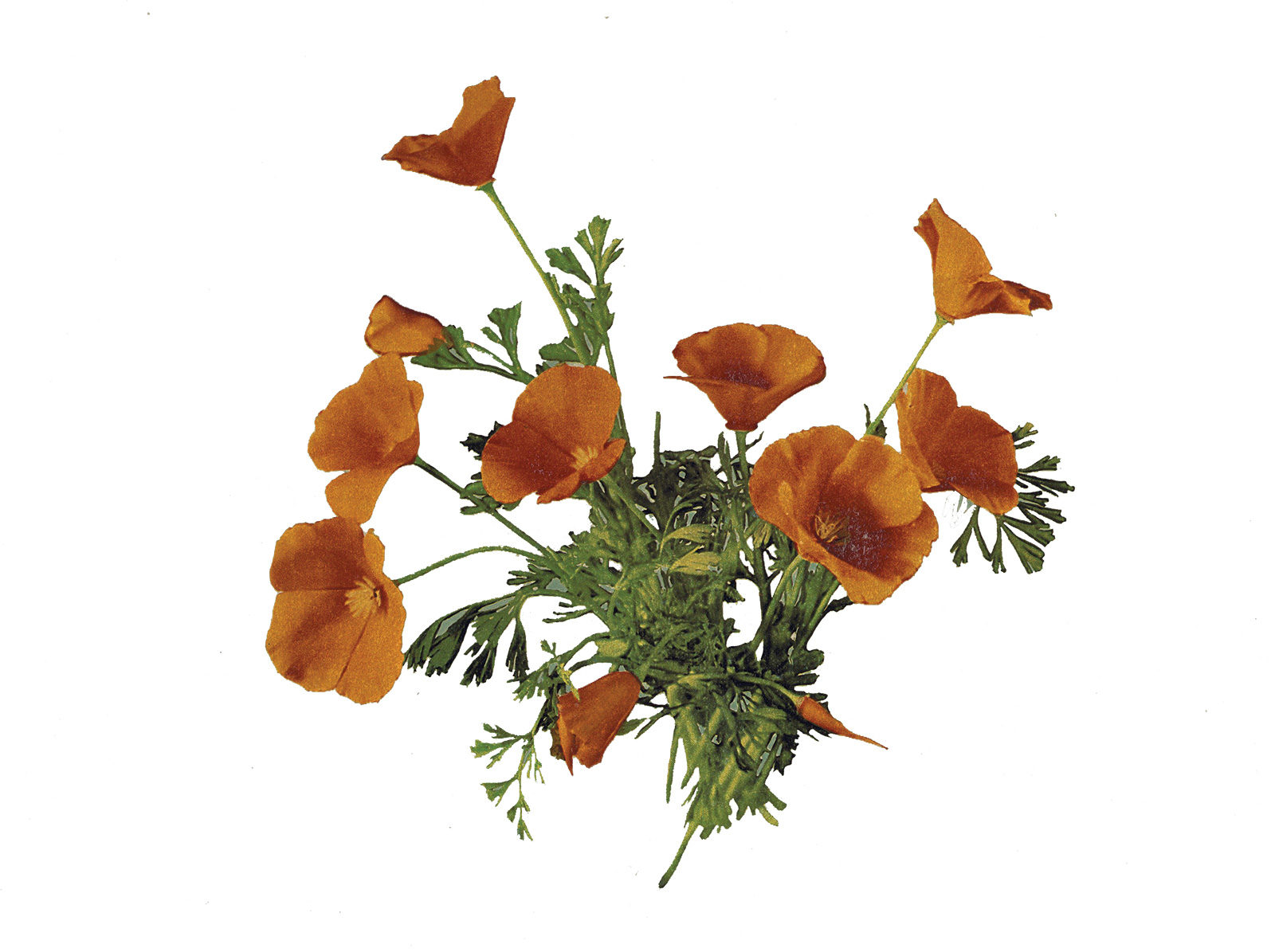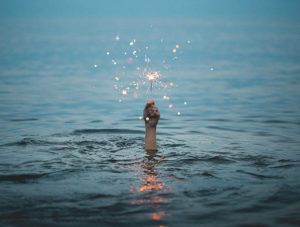The San Francisco Bay Area is blessed with remarkable diversity. Millions of years of tectonic upheaval have given us a landscape that is wondrously variable: cool north-facing slopes intergrading with scorched seasonal alkali wetlands; serpentine soils meeting fertile bay estuaries; mountains and beaches and everything in between. Over Ozymandian millennia, this geological diversity has accumulated biological diversity: New hills or distinct soil patches have selected for new types of organisms, while cool mountains and scorching micro-deserts have sheltered ancient organisms that have gone extinct everywhere, except for here. In the last thousand generations this rich natural variety has attracted a variety of humans: first arriving on foot and integrating with our plant and animal cousins, then later riding caravans of conquest and subdivision, and most recently as the final stop in a million personal searches for acceptance, community, home.
Conservation in the Bay Area is shaped by and benefits from all this diversity. Just as our work to save species and places is shaped by the physical geography of our region, it also is shaped by the cultural geography we inherited. Today, these geographies are in flux. Climate change, rising tides, and continued habitat destruction are transforming our natural geographies. Meanwhile, our cultural geography is undergoing radical change that promises to bring new voices with solutions, engage new communities, and democratize the community of humans privileged to work together on saving and celebrating our region’s natural richness.
Of course, change has always been a constant in the Bay Area. Today’s conservation community is an ecosystem that was born in the later decades of the 20th century, in a different time of environmental need and cultural change. As scientists began to quantify the incredibly destructive impacts of filling wetlands, chemical pollution, and species declines, a generation of citizens realized the need to take responsibility and act. They grew a grassroots conservation movement that leveraged new social action tools of the 1960s to secure powerful environmental protections in the 1970s: laws for clean air and clean water; protections for endangered species; new agencies at all levels of government charged with safeguarding our shared environment. Ironically, just as these efforts began to bear fruit, just as shoreline trash fires became a memory, the 1980s brought brutal cuts to government funding for the environment, a clear-cutting of our conservation commons.
Historians can track how, as the landscape of government conservation efforts was thinned and felled, hundreds of nonprofits and grassroots efforts sprang forth. The result was something new. The dawn of the 21st century revealed a Bay Area in which thousands of small nonprofits and myriad dedicated volunteers work together to care for our wild commons. This is our current cultural ecosystem of conservation, a community that has saved our region and inspired the world. And it is about to change.
To a large degree, the change is driven by demography. The generations that saved the Bay Area’s environment, that with brilliance, dedication, and defiance shaped our conservation landscape, are looking toward the future. They had a dauntingly tough job, starting the environmentalism movement, fighting for clean air and water, and securing durable laws and powerful tools—an incredible legacy. As if that weren’t enough, many of these pioneers are thoughtfully bequeathing their estates to the nonprofits they helped establish, as they seek to ensure continued success of their conservation work into an uncertain future. Still active in conservation and accomplishing great things, yet also embracing the succession that is a natural part of a maturing ecosystem.
At the same time, as the largest living generation in the U.S. matures, their cause is joined by the second-largest generation. Millennial conservationists inherit a priceless tool box of technical approaches and philosophical advancements; in turn, they bring fresh ideas, new energy, and an ingrained understanding of our place on this blue marble that was a shocking concept just a generation ago. As this younger generation—more diverse in more ways than any ever before—steps forward, we celebrate the movement growing more complex, more various, and thus stronger. In my own organization, the California Native Plant Society, we are witnessing the fun and inspiration this change can bring. Our founders remain active, even as new generations and communities join the party and introduce new songs. Even as we unite in shared service to something greater than ourselves, still each individual brings a unique perspective, a welcome vision, a valued contribution.
I do believe that there is a moral imperative to broaden the conservation community. Conservation work can be terribly frustrating, but it is also wonderfully fulfilling and satisfying. It is a tremendous privilege, the highest service I can think of—saving our fellow life forms, perhaps even saving DNA-based life altogether! All of us, not just a privileged few, deserve the opportunity to apply one’s spirit in service to something so special. Moreover, all of us are needed. At this time, we have not yet discovered the solutions to our conservation challenges. Every hiking club, every nature artist, every garden ambassador, every individual brings a new idea. Every solution needs to be explored; every person deserves to be included.
At this cultural moment, as individuals and institutions are finally opening their eyes to the imperative of inclusion, we are also seeing generational change that provides unprecedented opportunity. In accepting this opportunity and nurturing this change, like generations before us, we will build something vital and enduring. We will grow a conservation community that is larger and more inclusive, and thus more resilient and robust, and ultimately better able to save the diverse places and special creatures that make our Bay Area home.




-300x199.jpg)
